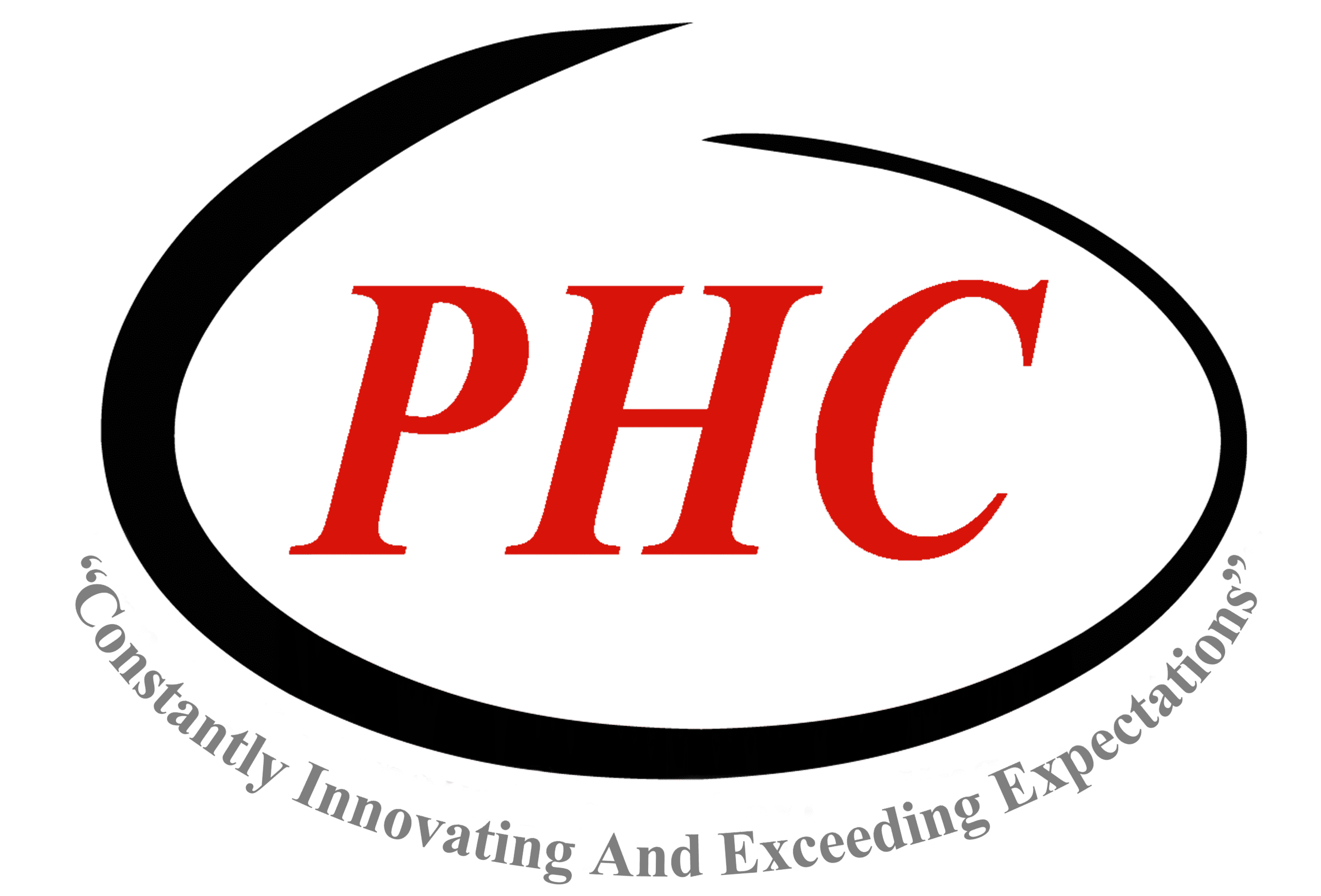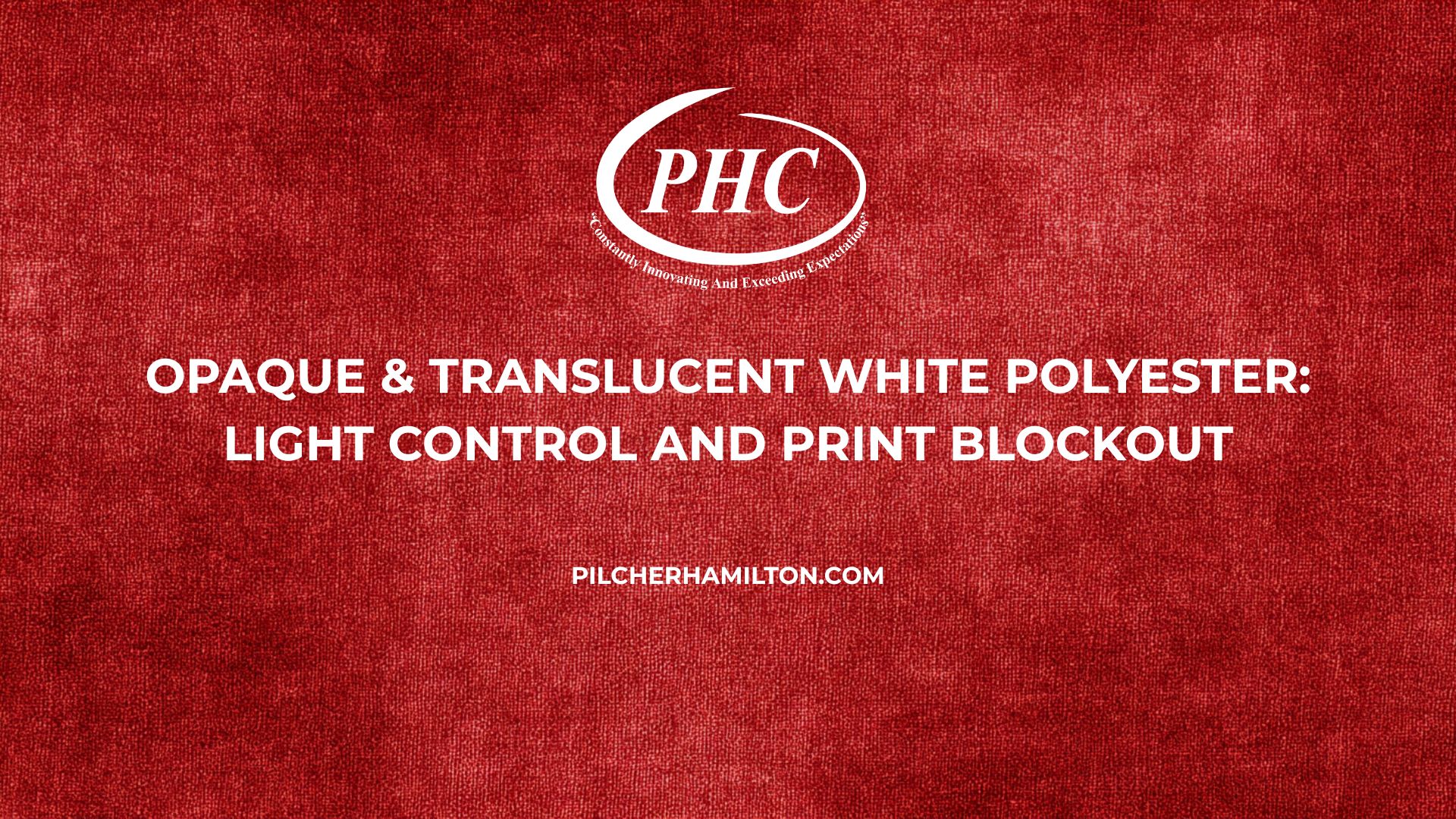Opaque white polyester film & Translucent White Film Guide. Brand managers and converters searching “polyester near me” for labels or light‑blocking packaging often require white film options. Opaque and translucent white polyester films provide stiffness, opacity and printable surfaces for labels, folding cartons and blockout layers. By adding pigments or fillers to PET resin during extrusion, manufacturers create films with controlled opacity and brightness. This guide explains when to choose opaque versus translucent white PET, how opacity influences printing and lamination, and what to consider when specifying caliper and stiffness.
Key Takeaways
- Light control – Opaque films offer >85 % opacity and high brightness for print blockout, while translucent films provide partial light transmission for backlit displays.
- Stiffness and handling – Filled PET films increase modulus and reduce curl, enabling clean die‑cutting and smooth feeding.
- Printability – White PET films accept flexo, screen, UV and digital inks; surface treatments and primers improve adhesion.
- Lamination versatility – Use opaque PET as a blockout layer in multi‑layer structures or as a stand‑alone label face stock.
- Local supply – PHC stocks both opaque and translucent grades, slit and sheeted to specification.
Opaque vs Translucent Use Cases
Opaque white PET (often 70–95 % opacity) hides underlying graphics or product contents. It is used for prime labels, beverage wraparounds and lidding films where product or substrate must be concealed. Translucent white PET (40–70 % opacity) diffuses light for illuminated graphics such as instrument panels or backlit signs. Choosing between opaque and translucent depends on whether the application requires full blockout or diffused transmission.
Opacity & Brightness Specs
Opacity measures the film’s ability to block light and is expressed as a percentage relative to a black background. Brightness indicates how much light is reflected from the surface. Opaque PET typically achieves >85 % opacity and brightness values around 90; translucent grades offer 40–70 % opacity with brightness near 85. Filled PET increases stiffness but may slightly reduce brightness. Variations in pigment loading and caliper allow customization of opacity and stiffness.
Print & Lamination
White PET films support a wide range of printing methods. Corona or chemical treatment raises dyne levels to >50 dynes for ink adhesion. When laminating to paper or other films, adhesive choice should accommodate the higher modulus of filled PET. Multi‑layer constructions often use opaque PET as a blockout layer between transparent PET layers, creating “sandwich” structures that hide interior contents.
Stiffness & Handling
Filler content increases the modulus of PET, making opaque films stiffer than clear films. Stiffer films run well on die‑cutting and labeling equipment but may require higher tension settings. Curl is minimized due to balanced film construction. Typical calipers range from 2.5 mil to 10 mil; thicker films provide rigidity for folding cartons.
Application Examples
- Prime labels – Opaque PET provides a white background for high‑end graphics on cosmetics and beverages.
- Blockout layers – Laminated between clear films to hide adhesives or interior layers.
- Backlit panels – Translucent PET diffuses light in instrument clusters or displays.
- Folding cartons – Thick white PET can replace paperboard for moisture‑resistant packaging.
| Specification | Opaque PET | Translucent PET | Notes |
| Opacity | 85 – 95 % | 40 – 70 % | High opacity blocks graphics |
| Brightness | ~90 | ~85 | Higher brightness for prime labels |
| Caliper | 2.5 – 10 mil | 2 – 6 mil | Thicker gauges for stiffness |
| Modulus | High | Moderate | Filled PET increases rigidity |
| Typical widths | 12 – 60 in | 12 – 60 in | Custom slitting available |
FAQ
What opacity level do I need to block underlying graphics? For complete blockout, choose PET films with >90 % opacity and high brightness. Moderate opacity (40–70 %) allows diffused light transmission for backlit applications.
Do white PET films require surface treatment? Yes. Corona or chemical treatment raises surface energy for ink and adhesive adhesion. Primers can further enhance printability.
Are opaque PET films recyclable? Opaque PET is recyclable within PET streams, but filler content may affect melt filtration. Check with recyclers for acceptance.
Can opaque PET replace paperboard? Thick opaque PET offers moisture resistance and dimensional stability superior to paperboard but may cost more. It is used in premium packaging where performance and appearance justify the cost.
Where can I find polyester near me in white? PHC stocks opaque and translucent white PET films in Greer and can slit or sheet them to your specifications.
Call to Action
Control light and elevate graphics with white polyester films from Pilcher Hamilton Corporation. Whether you need complete blockout or diffused translucency, our experts can recommend the right opacity, caliper and treatment. Explore our opaque white and translucent white pages for options, or consult our film specs for detailed data. Your search for polyester near me in white ends here. Serving the USA from Greer – South carolina
850 South Buncombe Road
Greer – South carolinaFor quotes and samples, visit our contact page or view our locations.

